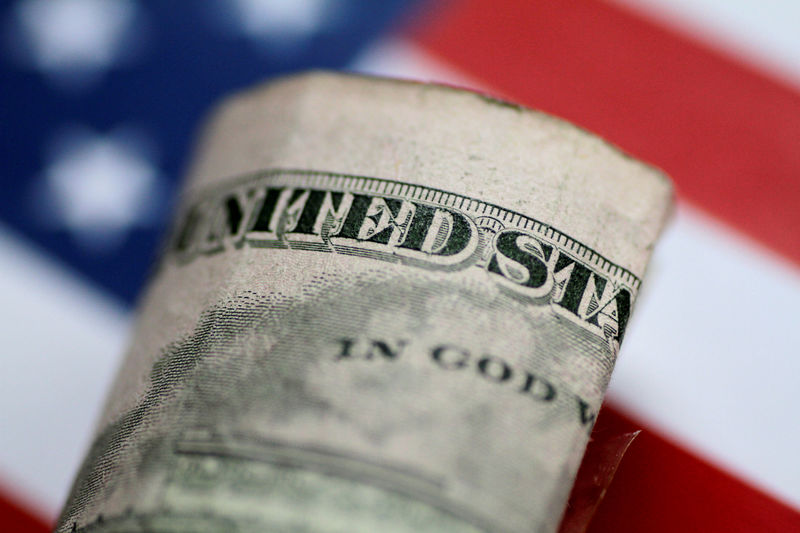On Thursday, UBS released a report presenting a less extreme valuation of the US dollar compared to simple Purchasing Power Parity (PPP) models.
The company’s favorite valuation metrics indicate that the dollar is about 2.5% overvalued against the Federal Reserve’s narrow Trade-Weighted Index (TWI) and about 5.5% overvalued in the Dollar Index (DXY). This contrasts with the 20-25% overvaluation suggested by PPP models.
UBS’s assessment suggests that the dollar’s strong performance could continue as the case for an imminent return to what is considered fair value is not as compelling. The company’s adjusted PPP estimate has fallen to around 1.12, significantly lower than the Organization for Economic Co-operation and Development (OECD) unadjusted value of 1.50 and the pre-COVID model value of 1.22 .
The report notes that the euro has faced significant challenges, including a negative terms of trade shock and underperforming growth performance compared to the US. These factors have contributed to the lower valuation, with UBS suggesting that 1.12 could be a more realistic medium-term target for EUR/USD in scenarios where economic conditions in Europe improve significantly.
Similarly, the Japanese yen’s valuation has been affected by ToT, although it has not faced as much of a growth headwind as the euro. The adjusted PPP is approximately 122, which is above the PPP of approximately 95.0. This suggests that the yen is about 25% undervalued at the current spot rate. UBS points out that factors such as interest rate differentials, which are not taken into account in the model, likely explain a large part of this undervaluation.
UBS predicts that the yen’s undervaluation against the dollar may persist in the near term, as a significant reduction in the dollar’s yield advantage appears unlikely at this point. This is in line with the bank’s updated currency forecasts, which imply that current valuation gaps may persist for the time being.
InvestingPro Insights
Recent data from InvestingPro shows that the U.S. dollar, as measured by the Dollar Index (DXY), has experienced fluctuations in its appreciation over various time frames. The one-week total price return from day 109 in 2024 is a modest 0.58%, indicating a slight increase in the value of the dollar. Looking at a broader time frame, the year-to-date (YTD) total price return shows a more significant increase of 4.45%, indicating stronger dollar performance since the beginning of the year.
Interestingly, the six-month total price return shows a small decline of 0.63%, which could indicate some short-term pressure or corrections after previous gains. However, when looking at a one-year horizon, the dollar’s resilience is evident with a total return of 4.07%. The price of the DXY at the previous close was USD 105.95, reflecting the current strength of the dollar.
An InvestingPro Tip notes that traders should consider both short- and long-term trends when assessing currency strength, as different time frames can reveal differing market sentiments and potential turning points. For those who want to dive deeper into currency analysis, InvestingPro offers another 15 tips that provide insight into trading strategies and market trends.
Investors and traders interested in a more comprehensive understanding of currency valuations and market dynamics can take advantage of a special offer: use the coupon code PRONEWS24 to get an additional 10% off an annual or biennial Pro and Pro+ subscription, where they can access these valuable InvestingPro tips and data metrics to inform their investing decisions.
This article was produced with the support of AI and reviewed by an editor. For more information see our General Terms and Conditions.


